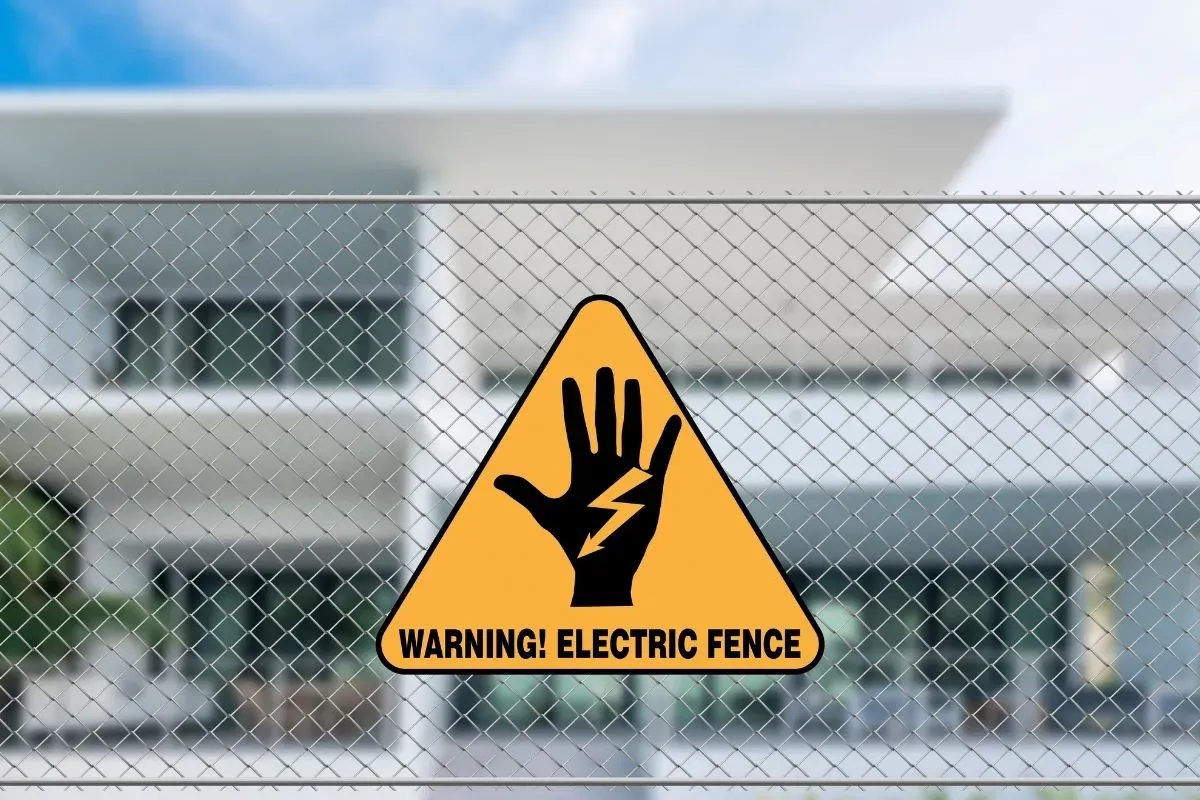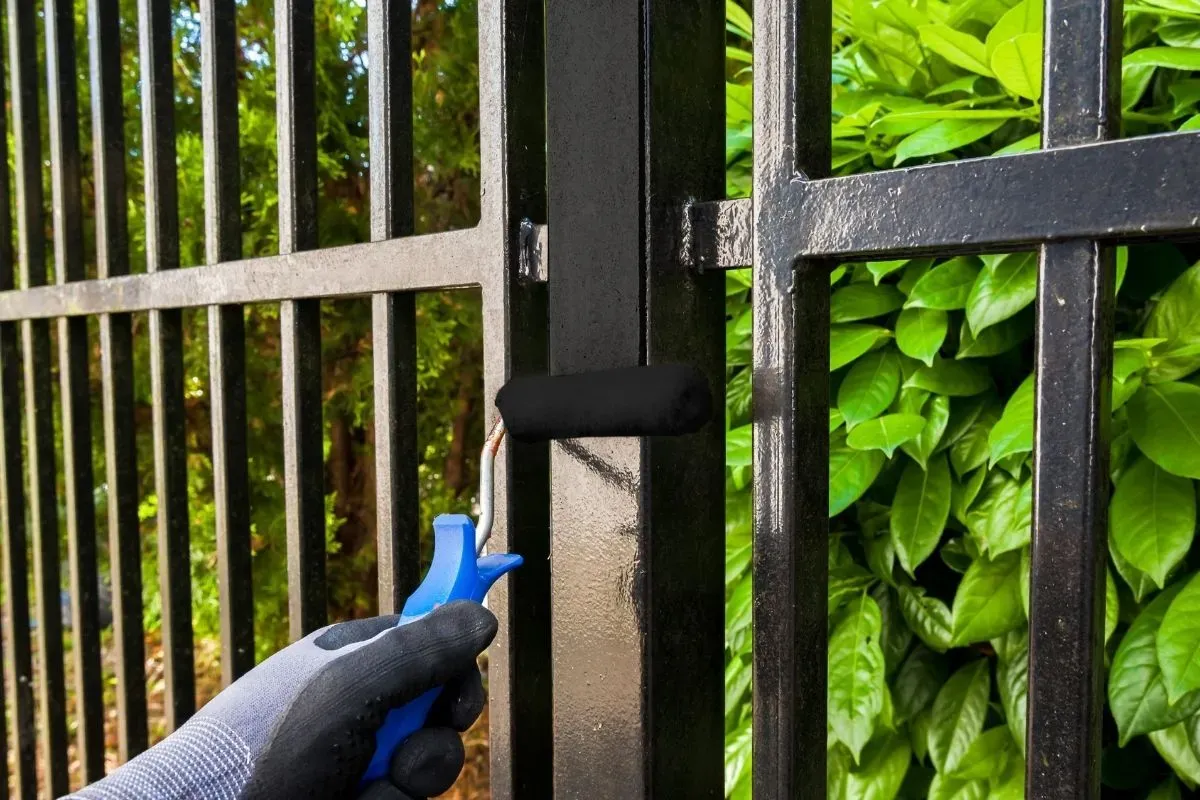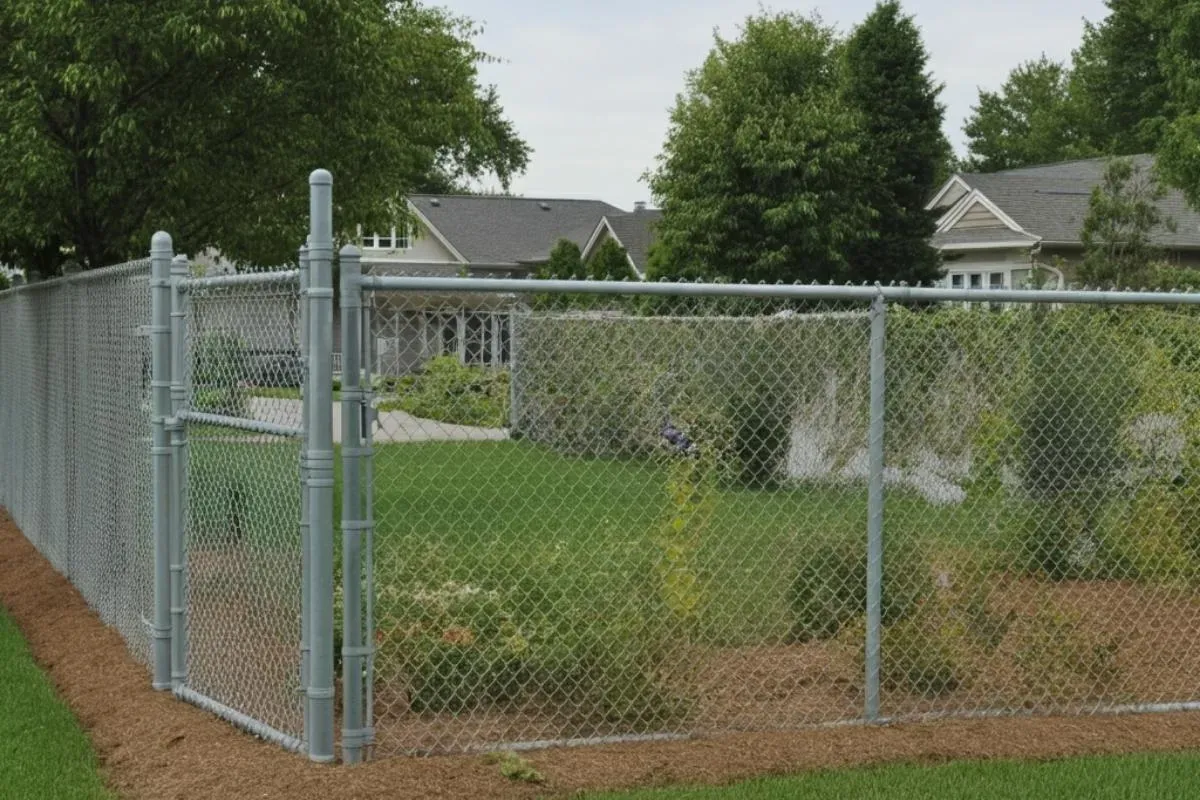If you’re considering enhancing the security of your property, electrifying a chain link fence is an effective and practical solution. Electric fences act as a robust deterrent, offering an extra layer of protection against intruders and wild animals. But before jumping into this project, you might be wondering, Can you electrify a chain link fence? The good news is, yes, you can. However, there are important considerations to ensure proper installation and safety.
In this comprehensive guide, we’ll walk you through everything you need to know about electrifying a chain link fence, including how it works, necessary preparation, and step-by-step instructions. By the end, you’ll have a clear understanding of how to improve your property’s security, or whether it might be best to consult a professional to handle the task.
Welcome to the electrifying world of chain link fences.
How Does an Electric Fence Work?
Electric fences rely on a straightforward concept. An energizer releases a voltage pulse approximately once per second, transmitting it to the fence wires. When contact is made with the live wires, the current flows into the body and disperses into the ground.
Ground rods collect the current that leaks into the soil and direct it back to the energizer, completing the circuit. Effective grounding and an adequate number of ground rods are critical to ensuring that the electric fence operates at its maximum potential.
This powerful system is not only efficient but also highly effective in reinforcing security around your property.
Can You Electrify a Chain Link Fence?
Yes, you can electrify a chain link fence—but not by directly transmitting electricity through the fence. Since chain link fences are metal and lack insulation, direct electrification would result in electricity leaking into the ground, creating significant safety risks.
Instead, electric wires are installed in parallel with the chain link fence, held in place by proper insulation to prevent contact. This setup ensures that electricity flows safely and effectively through the wires while improving the fence’s security functionality.
Before beginning, it’s essential to consider local regulations. Depending on your location, electrifying a chain link fence may have restrictions, especially if it could pose safety risks to passersby.
How to Electrify a Chain Link Fence
Follow these six steps to successfully add electric functionality to your chain link fence while ensuring maximum efficiency and safety.
Step 1: Decide on the Positioning of Electric Fence Wires
Strategically position the electric fence wires based on your location and security goals:
- Remote Locations: For properties in less-populated areas where the main purpose is to deter wildlife, install the wires on the exterior side of the fence to prevent animal entry.
- Populated Areas: To prevent accidental contact, electrify only the top or interior side of the fence. This reduces potential risks to pedestrians while still acting as a deterrent against intruders.
Step 2: Install Offset Brackets
Next, you’ll need to install offset brackets to maintain a safe distance between the electric wires and the existing chain link fence.
Use materials such as pipes or angle iron to create offset brackets, which can be bolted or welded to brace bands. These brackets ensure that the wires won’t make contact with metal components of the chain link fence, preventing short circuits and maintaining efficiency.
Step 3: Determine the Number of Wire Strands Needed
Decide how many strands of wire your electric fence will need. This decision depends on the level of security you require and the types of threats you’re addressing. A higher number of strands increases deterrence but requires more installation effort.
Ensure that your wire strand setup forms a complete circuit, allowing current to flow properly and effectively power the fence.
Step 4: Select the Right Fence Energizer
Choosing the correct energizer is crucial. Calculate your fence’s length and the number of wire strands to ensure the energizer is powerful enough to support your setup.
Consider whether a solar-powered energizer or a plug-in model is better suited to your location. While solar-powered energizers are ideal for remote areas, they require periodic battery replacements. Plug-in models offer consistent power but require access to an electrical outlet.
Step 5: Collect Essential Materials
Secure the necessary materials for installation, including the following:
- Electric Fence Wire: Typically high-tensile galvanized wire, though alternatives like aluminum or stainless steel are available.
- Insulators: Install plastic or UV-resistant insulators to keep wires secure and protected from environmental wear.
- Tensioners: Maintain the tautness of your wires with ratchet tensioners or strain insulators. Loose wires are more likely to cause shorts and false alarms.
Step 6: Install Safety Measures
Wrap up your installation process by implementing critical safety measures:
- Signage: Place warning signs every 15 meters (50 feet) along the fence, as many legal regulations mandate this step. It alerts people to the presence of electricity.
- Grounding: Proper grounding is essential for the system to function. Install copper ground rods near the energizer for optimal performance.
- Electric Gates: Electric fence gates require wires to maintain the circuit and cables to connect both fence sides. Consult a professional for advice on gate components if needed.
Testing Your Electric Fence
Once installed, you’ll need to ensure your electric fence is working correctly. Here are some basic ways to test it:
- Listening for Buzzing: Stand close to the fence and listen for a low, consistent hum or buzz.
- Using a Fence Tester: Purchase a digital electric fence tester from a hardware store for precise readings.
Always prioritize safety during testing. Never touch the wires directly, even if you suspect the fence isn’t functioning.
Expert Tips for Success and Safety
Electrifying a chain link fence is a task that demands precision, planning, and a focus on safety. While it’s entirely possible to tackle the project yourself, consulting a professional may be the smarter choice, especially for larger fences or complex setups. Contact the team at Top Rail Fence and we can advise the best solution for you.
A properly installed electric fence not only enhances security but also provides peace of mind knowing your property is protected.
Whether you’re crafting a DIY solution or enlisting the help of an expert, electrify your chain link fence with confidence and create a safer space for your home or business.
Take the Next Step
If you’re ready to transform your property with a secure electric fence, the time to start is now. Make safety and peace of mind your priorities. For more tips and resources to keep your property secure, explore our expert blog on the best security fence solutions tailored to meet your needs. Don’t wait; enhance your security today.


